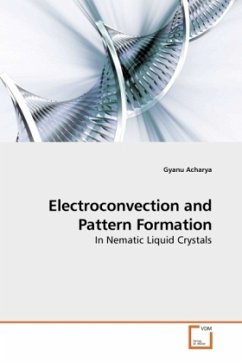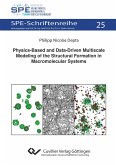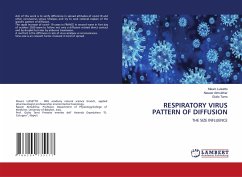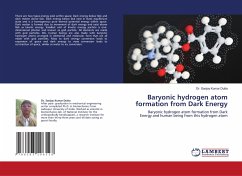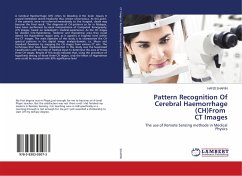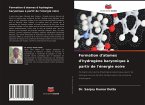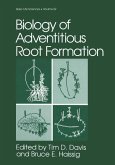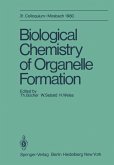Electrohydrodynamic convection (EHC) in nematic liquid crystals is a crucial model system for the study of spontaneous, non-equilibrium pattern formation in anisotropic systems. To characterize the EHC patterns, I have utilized two nematic samples: 4-ethyl-2-fluoro-4'-[2-(trans-4-n-pentylcyclohexyl)-ethyl]-biphenyl (I52) and a mixture of 65 wt.-% p-butyl-p'-methoxy-azoxybenzene and 35 wt.-% p-ethyl-p'-methoxy-azoxybenzene (Phase 5), filled in standard planar cell. In I52, over certain range of the conductivity, the initial transition leads to two families of counter-propagating oblique modes that loose stability at onset. These experimental observations are in agreement with the standard model and weak electrolyte model of electroconvection. To study spatiotemporal chaos (STC), four-envelopes of the pattern are extracted by applying 2D spatial and 1D temporal Fourier transform. The temporal variation of the amplitudes of these envelopes is chaotic in space and time. In Phase 5, Iobserved oblique stationary (OS) modes at lower frequencies and normal traveling (NT) modes at higher frequencies resulting discontinuous jump in the Hopf frequency.
Bitte wählen Sie Ihr Anliegen aus.
Rechnungen
Retourenschein anfordern
Bestellstatus
Storno

